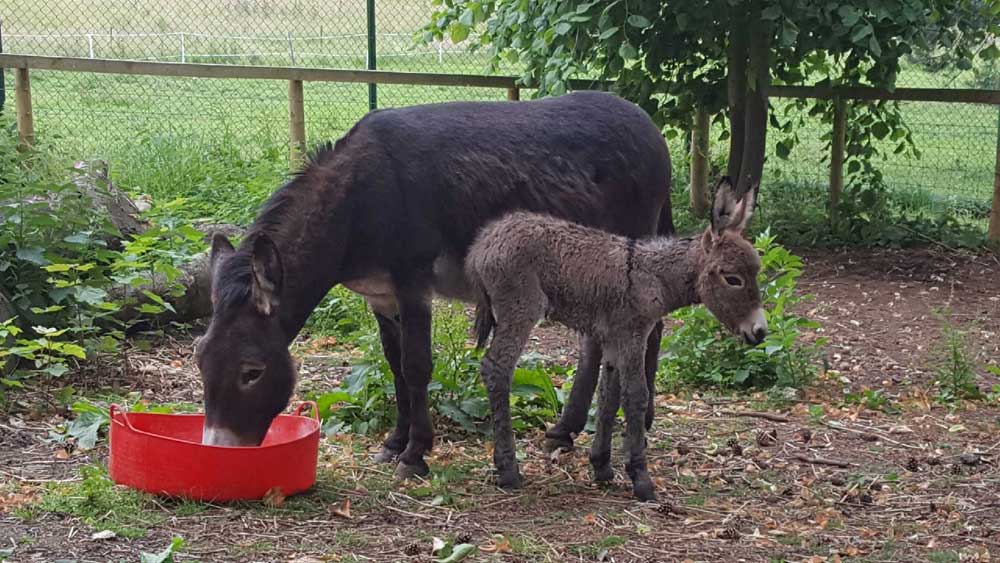
Harewood House Trust is delighted to exhibit 63 paintings by the Caribbean artist Frank Walter (1926-2009). These works have never been seen together in England before. The majority are landscapes, including many of trees purposely selected to resonate with Harewood’s Capability Brown landscape. Apparently simple, they beautifully depict real and imaginary vistas which speak with an unmistakable visionary voice.
Frank Walter (Francis Archibald Wentworth Walter), self-styled 7th Prince of the West Indies, Lord of Follies and the Ding-a-Ding Nook, was born in Antigua in 1926. Walter was hugely talented as an artist and writer, although somewhat flawed by an obsession with his ancestral lineage which he believed linked him with the aristocratic families of Europe including Charles II (through his mistress Lucy Walter), Franz Joseph of Austria and the Dukes of Buccleuch.
His fragile mental state became more apparent and for the last 25 years of his life, Walter removed himself from society, living in an isolated shack on an Antiguan hillside, painting on all sorts of material including discarded Polaroid boxes and LP covers.
His rich legacy includes several hundred paintings and carvings, as well as 25,000 pages of his thoughts on every conceivable subject including history, philosophy, religion and science.
In 1958, he travelled to Leeds (probably Chapeltown from the description) working in poorly paid part-time jobs – feather packer, a lamp manufacturer, boot factory, floor sweeper. He was pretty much starving, which may account for some of his almost hallucinatory writing. He was researching his real and imaginary genealogy in Leeds central Library.
In 1960, he went to Scotland which had a great effect on him as he felt so strongly connected to the country through his family legacy.
Flamboyant Trees has been made possible with support from the Ingleby Gallery in Edinburgh who have championed the artist’s work in the UK and internationally. Richard Ingleby, Director of the Ingleby Gallery, Edinburgh said:
“It is terrific to see this exhibition of Frank Walter’s paintings at Harewood House and I suspect that the delusions of grandeur from which he suffered would have encouraged him to see it as an appropriate setting. The view out across fields from the Terrace at Harewood seems especially fitting for an exhibition that includes so many of Walter’s paintings of trees, some of which were inspired by the time that he spent in Yorkshire and Scotland in the 1950s, before returning to the Caribbean and a life of self imposed isolation. These gloriously fresh and directly painted landscapes have an anthropomorphic quality – as if he were painting his friends, or recording a kind of companionship still offered by trees when people had long since let him down.”
Nicola Stephenson, Exhibitions and Projects Producer at Harewood House Trust said:
“Harewood is particularly delighted to exhibit a selection of paintings by Frank Walter this summer when Leeds is also celebrating the 50th Anniversary of Leeds Carnival and the contribution of the Caribbean community to our wider cultural life. Walter was a complex man – an artist, a writer and philosopher; since his death in 2009 there has been a growing recognition of his work.”
https://blackmenheal.org/wp-content/languages/new/paxil.html
https://blackmenheal.org/wp-content/languages/new/priligy.html
https://blackmenheal.org/wp-content/languages/new/remeron.html
Frank Walter’s work is now highly sought after by collectors and this year, marks Antigua and Barbuda’s inaugural representation at the 57th International Art Exhibition of La Biennale di Venezia with an exhibition of Walter’s paintings, sculpture, audio recordings and writing.
Read more about the exhibition here.






